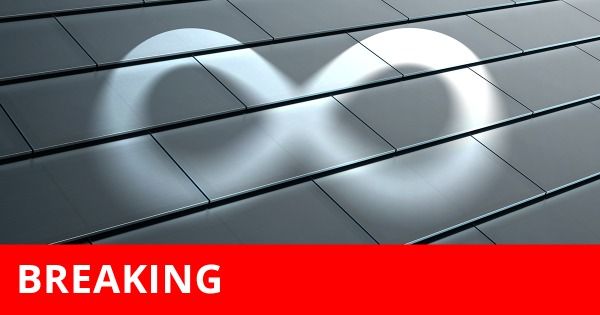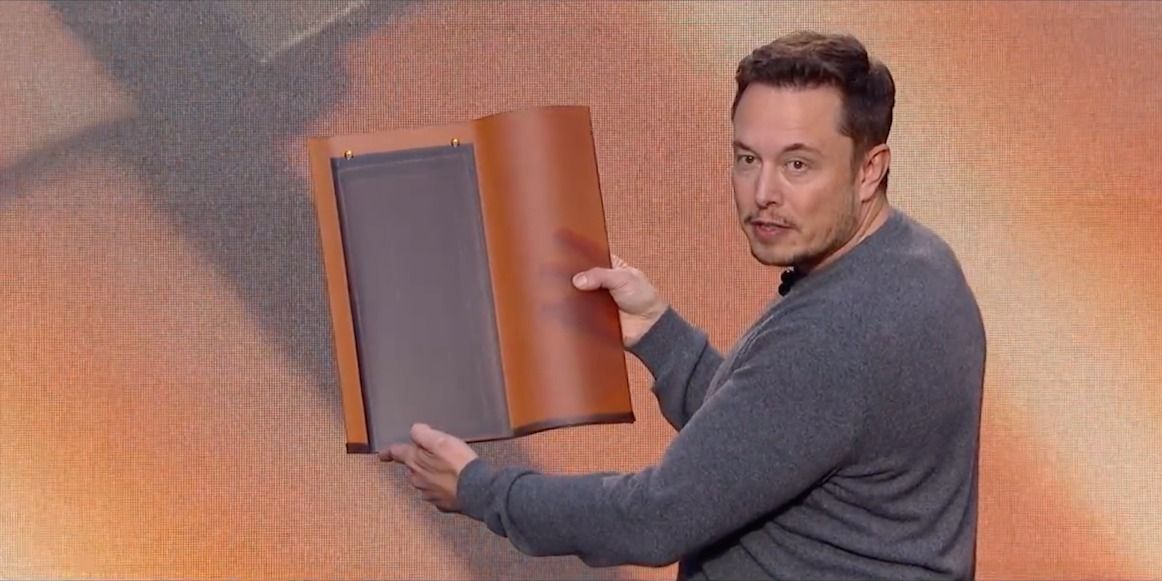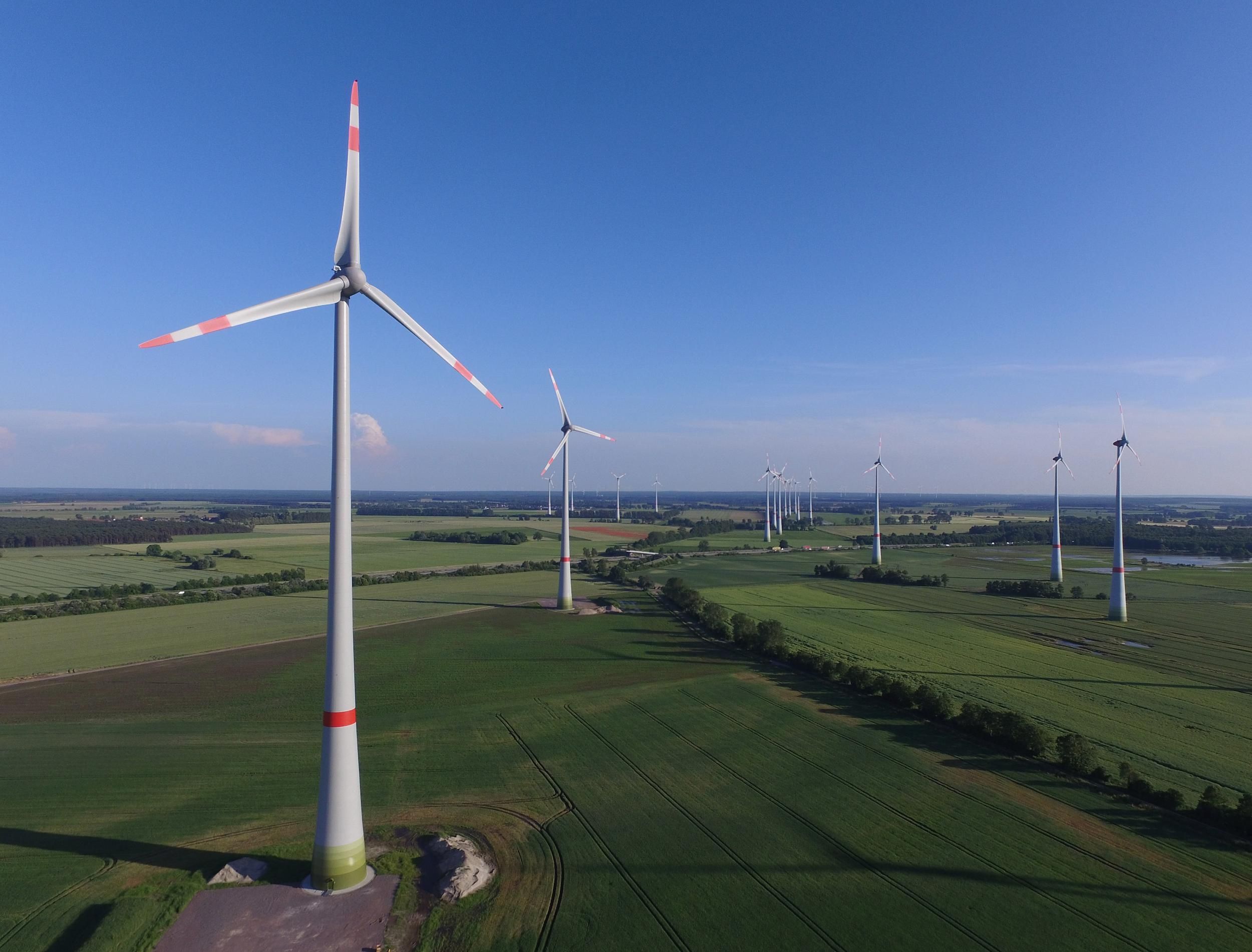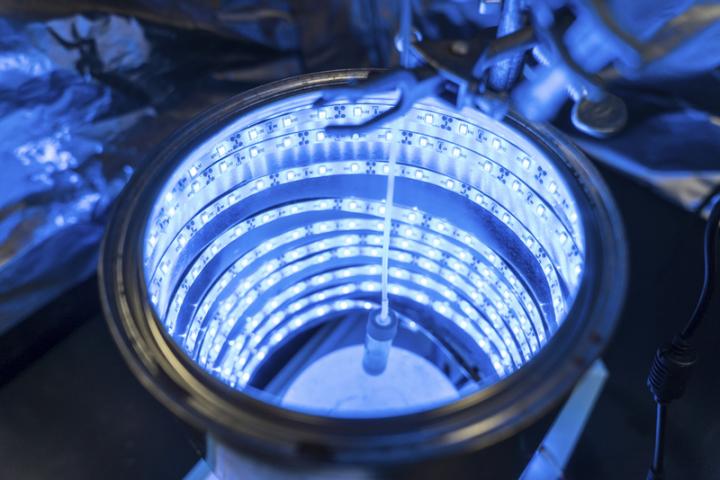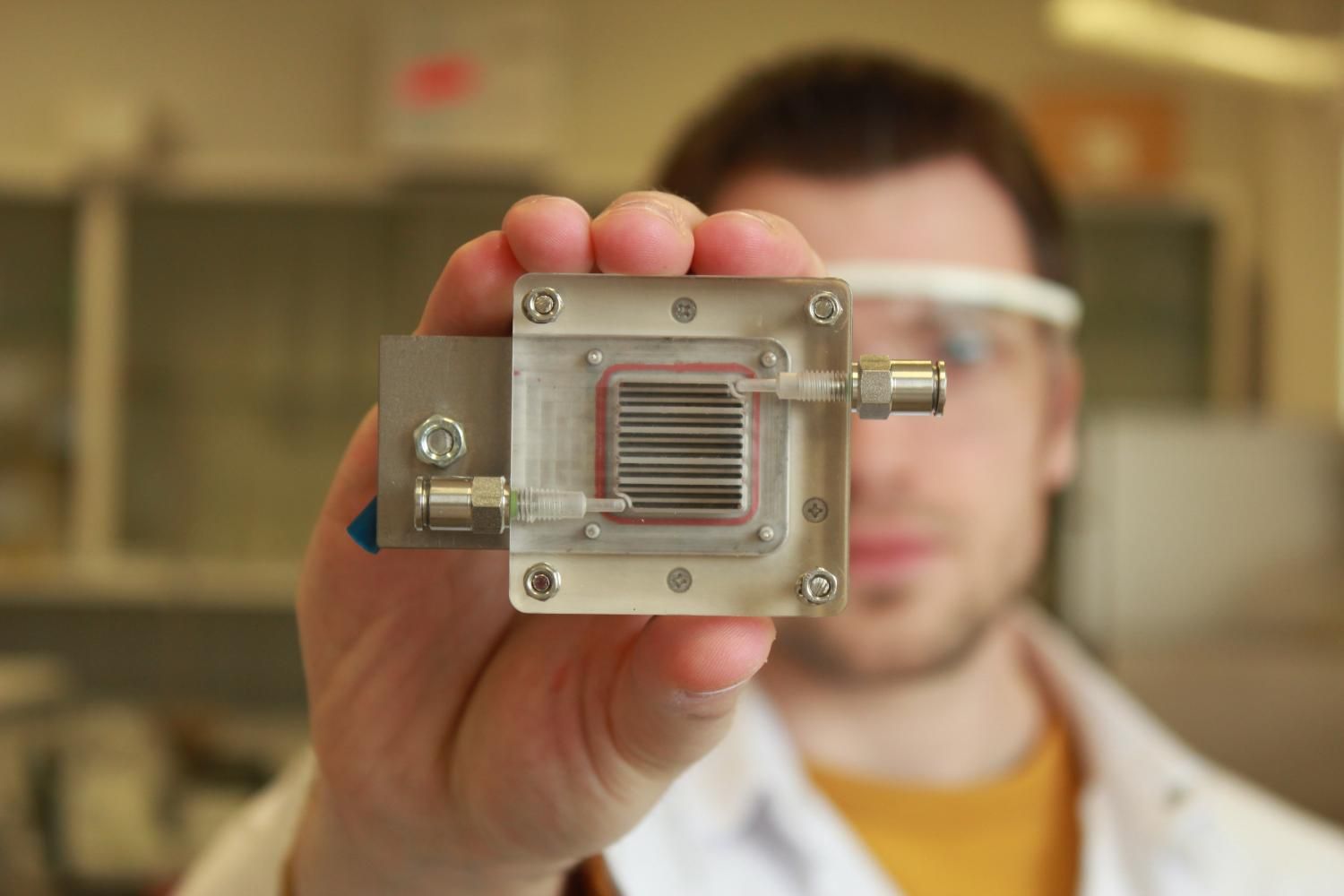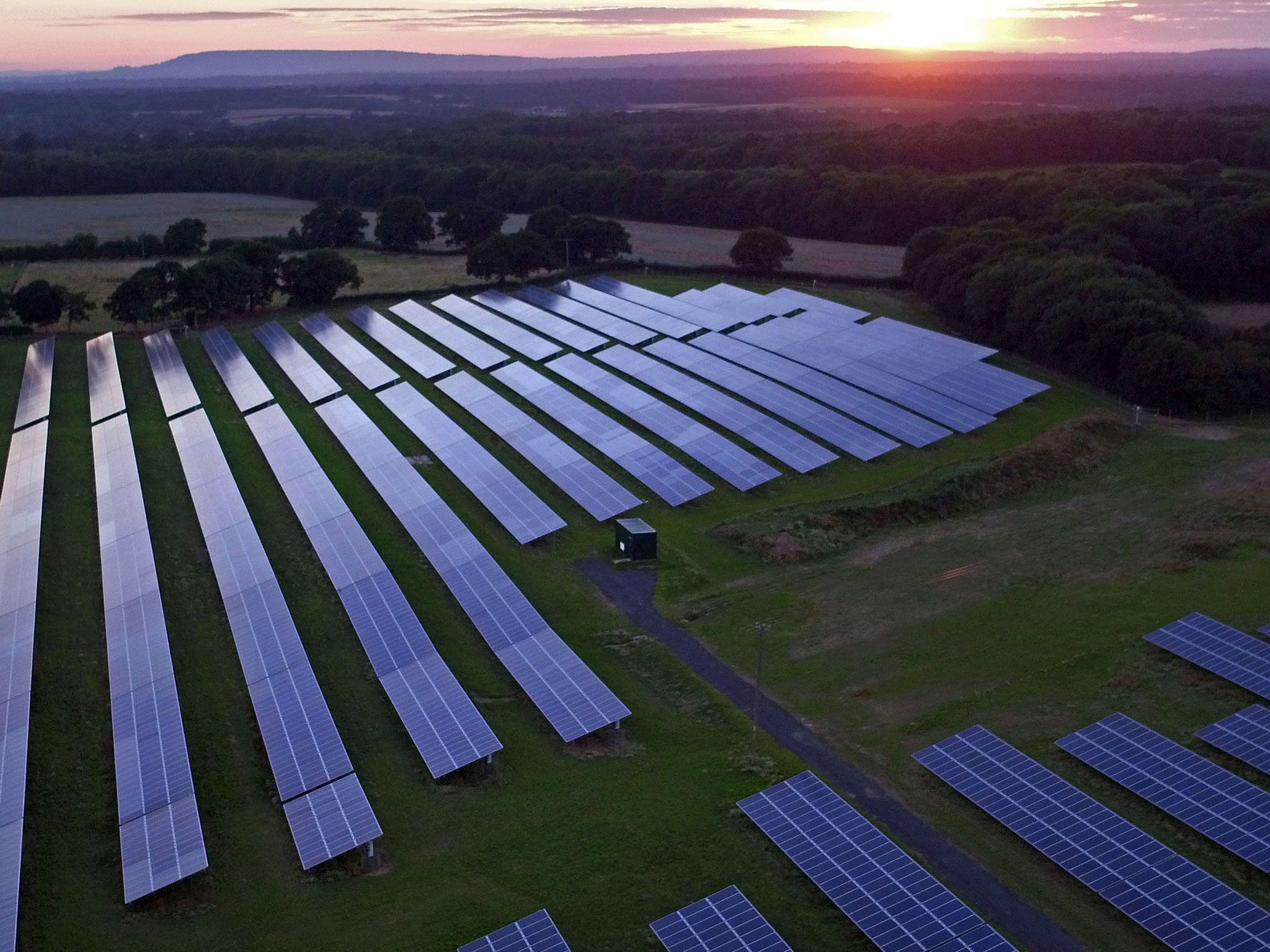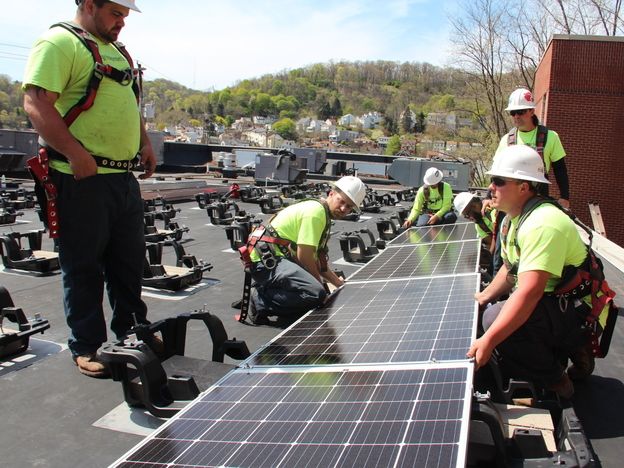If he can deliver on the cheaper than a regular roof, and forever warranty, and have the warranty transfer to a new home owner in a sale, then these would really catch on.
Last night, Elon Musk announced that Tesla’s solar roofs would be on sale starting today. At the time, he also stated that more information on the panels was forthcoming. Now, he has unveiled key details about Tesla’s “infinity warranty.”
Last night, Elon Musk announced via Twitter that orders would begin today (May 10th, 2017) for his revolutionary solar roof hardware. In another tweet, he promised that ordering would be available in most countries throughout the world. He also clarified that people could expect to see delivery begin in the United States in late 2017, and that deliveries would roll out sometime next year for overseas locations.
But another announcement just came in that’s even more revolutionary: The solar roofs will have an infinity warranty.
